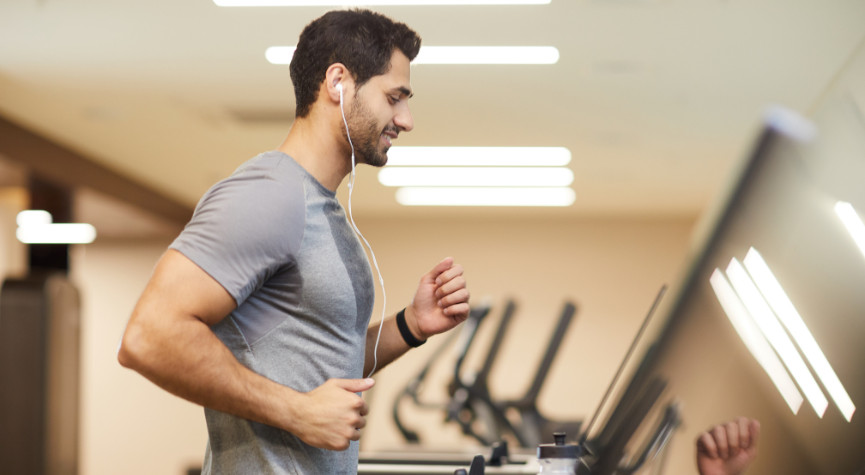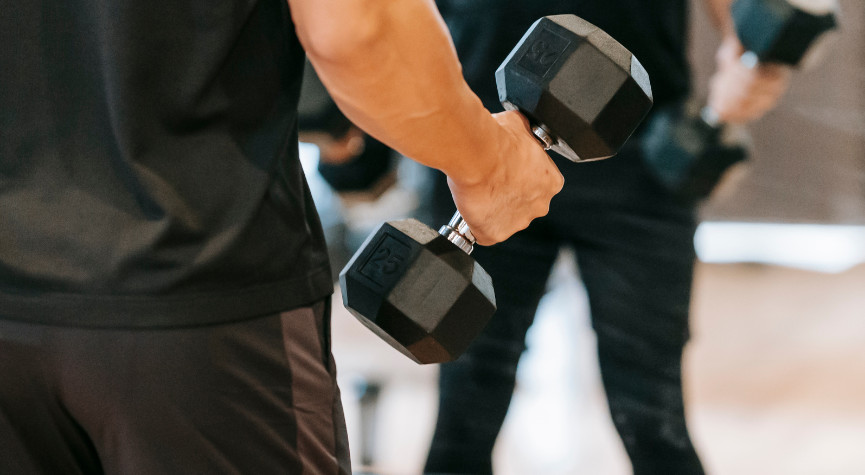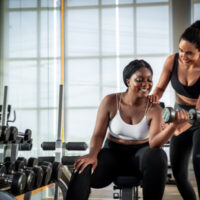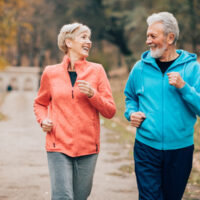How does an aging strength athlete train when traveling? I recently traveled to the Arnold Sports Festival in Columbus Ohio to help judge the Arnold Classic Strongman event. This event is always held at the Columbus Convention Center in downtown Columbus. My journey from Southwest Minnesota started at 5am and ended 15 hours later in the Hilton parking ramp. We all travel long distances at times for work, holidays, vacation or various events. Extended travel usually involves a day of poor eating, lack of sleep, and general muscle stiffness from sitting all day. Research indicates that long commutes lead to poor diet, physical problems, lack of sleep and feeling blah.¹ A day of sitting in an airplane or car and eating fast food just isn’t any good for anyone!!!
Making the Decision to Workout During Travel

How do you recover from travel and get in some type of workout? You’re away from home, your body feels wrecked from traveling all day, and you have time constraints making it impossible to go searching for a nearby gym. This leaves you waking up in the morning with not many training options but the hotel gym. It is a rare occasion that the hotel gym is full of free weights and heavy equipment.
I’ve learned from my mistakes. I’ve gotten up early, found a gym, and tried to lift too heavy after a long day of travel. That never worked well even when I was younger. I’ve skipped working out altogether, and that has always left me feeling stiff, lethargic and rundown. My compromise has been to plan for a recovery week. Basically, get in some cardio, get the blood flowing, and get in a good pump. This approach helps a person feel energized and promotes mental well-being.
Setting Up your Training

Now it’s time to evaluate the available equipment and be creative with a circuit. Let’s assume you have the standard cardio equipment, dumbbells 5-50, some medicine balls, an adjustable bench and possibly some kettlebells. How about starting with some of that cardiovascular training that you’ve been avoiding. I always start with 30 minutes on a recumbent exercise bike. This is a great way for me to warm up, get rid of those heavy travel legs, and refocus on increasing or maintaining my cardiovascular conditioning. I like to follow this up with some mobility work. You can include a wide range of movements like standing hip flexor stretch, elephant walks, spiderman’s, superman’s, standing trunk twists, and lunge variations.
On to the Circuit During Travel

Why not start things out with a set of ten with the slam ball. This is a great full body plyometric movement that really cranks up the nervous system. If there are kettle bells available move on to a set of ten swings followed by 5-10 goblet squats. If there are no kettle bells, goblet squats can sure be accomplished with dumbbells. I usually follow this up with a set of pushups. This is a great time to start that daily 100 that you have been thinking about. Be creative. This is your workout. Add in curls or hammer curl press, lunges, shrugs, and rows. Set this up by how you feel. Just by making it to the gym you are accomplishing more than 90% of the travelers. Repeating three to five sets of this circuit will do the job. If you’re away from home for multiple days this is easy to repeat daily with a few changes in your program.
Get it In
Working out like this may not sound like much for an aging strength athlete, that still likes to train heavy squats, bench, deadlifts and functional strongman movements, but it is just what the doctor ordered. These improvised short workouts start the day out right, they kick start your metabolism, get rid of the travel blahs, pump the stiffness out of your body and help you to look and feel better. Additionally, time away from the regular gym routine is a great opportunity to program in a period of active recovery. This will get you fired up for those heavy workouts when you return home.
Stay Active and Stay Strong!
Brad Gillingham, CSCS
References:
- Ding D, Gebel K, Phongsavan P, Bauman AE, Merom D. Driving: A road to unhealthy lifestyles and poor health outcomes. PLoS ONE. 2014;9(6). doi:10.1371/journal.pone.0094602




